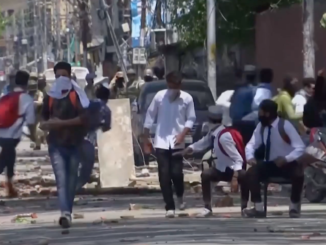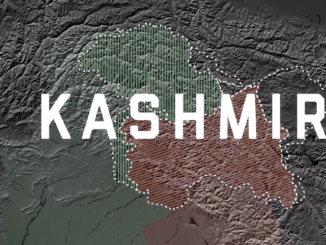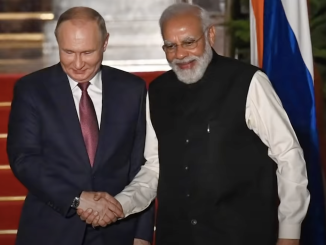
This 5th of August will mark two years of Modi government’s decision to revoke Article 370 and Article 35 (A) of the Indian Constitution, a decision that has had deep and direct negative consequences for the Indian Illegally Occupied Jammu and Kashmir (IIOJK). Revoking the special status of IIOJK means that the Indian government has effectively removed the autonomy of the disputed territory and has determined it as one of its own union territories.
However, this was not an impulsive decision. In fact, this decision was a calculated one that reflects India’s intention to forcefully annex the territory of Kashmir. Even before this decision, India was legalizing the use of arbitrary force against the people of Kashmir through legal instruments. The Indian governments of present and yesteryear passed numerous laws that have enabled the military forces to further increase their stranglehold on the people of IIOJK. Take for example the Jammu and Kashmir Public Safety Act of 1978, which allows the Indian security forces to detain a person without a trial for two years. This is in direct conflict with the universal principle of recognized norms which ask for the accused to be presented before a magistrate within 24 hours of arrest.
It would appear the Indian government is using the guise of the threat of terrorism to further subject the Kashmiris to persecution. The Terrorist and Disruptive Activities Act (TADA) of 1990 is used to give authorization for arbitrary use of force by the Indian armed forces against the Kashmiris. The subjective nature of TADA allows for minimum accountability of the Indian Armed Forces in their use of force and violence against the Kashmiri population. Even though the Act lapsed in 1995, the Indian security forces still arrest people and link them to incidents prior to 1995 in order to enact TADA against the arrests.
Another act passed in 1990 was The Armed Forces (Jammu and Kashmir) Special Powers Act, which further strengthened the arbitrary powers of the armed forces and increased their area of jurisdictions in terms of search and seizure, arrests and even using force. This Act allowed for the military to aid the civilian government in Kashmir in ensuring peace but it has been misused and turned into a black law.
The subjugation of the Kashmiri population has been further advanced by the passing of the Prevention of Terrorism Act (POTA) 2002. POTA allowed for the detainment and arrest of the population without any charges for three months which could be extended to another three months if allowed by a special judge. Even though the Act has been withdrawn, there have been reported excesses even by government officials.
In addition to this, the Indian Penal Code section 124A is designed to be used as a Sedition Law not only against the Kashmiri population but also any citizen of India that challenges the Modi government’s rule over India, curtailing the freedom of expression.
Considering the above, it is plain to see that there has been a structural subjugation of the Kashmiri population, which has unsurprisingly led to disastrous human right violations. As per the Kashmir Media Service report, there have been 100,000 Kashmiris killed, 107,000 children orphaned, and 22,764 women widowed since 1990. The Association of Parents of Disappeared Persons has reported that nearly 120,000 civilians have been arrested and over 7,000 people have been killed in police custody. The number of rape incidents in IIOJK have also risen to over 10,000 since 1989. These human rights violations are not just documented by Kashmiri outlets but also by international organizations. The Office of the United Nations High Commissioner for Human Rights (OHCHR) has regularly highlighted the atrocities being committed in IIOJK and the US State Department too have acknowledged the plethora of ongoing human rights violations.
With over 900,000 troops stationed in IIOJK, the Indian military forces have turned IIOJK into one of the most militarized zone in the world. This is against a population of one million, which effectively means that there is one soldier for every three civilians. One third of the Indian troops are stationed in Srinagar alone. The excess of Indian troops are needed to subjugate and control the population. Since the revocation of Article 370 and 35 (A) there are fears that these violations may have increased astronomically but, there is no way to convey these violations because of the carpet ban on media and internet in IIOJK and the enforcement of an intense lockdown.
It would seem that the Modi government has taken inspiration from the Israeli playbook on subjugation and forceful annexation. The Indian government have become so emboldened to take such a drastic step. The silence of the international community on both the Palestinian and Kashmiri issue further emboldens nationalistic governments to unilaterally decide the fate of disputed territories.
What is left is for the international community to now ask themselves, when is it enough? If they dig a little deeper, they will see that the Indian government’s decision to revoke Article 370 and 35 (A) was not an overnight decision, and was rather, decades long worth of subjugation and subversion of the Kashmiri populace. In the end, one can hope and pray that this will lead an end to the subjugation of the people of Kashmir.
![]()




Be the first to comment